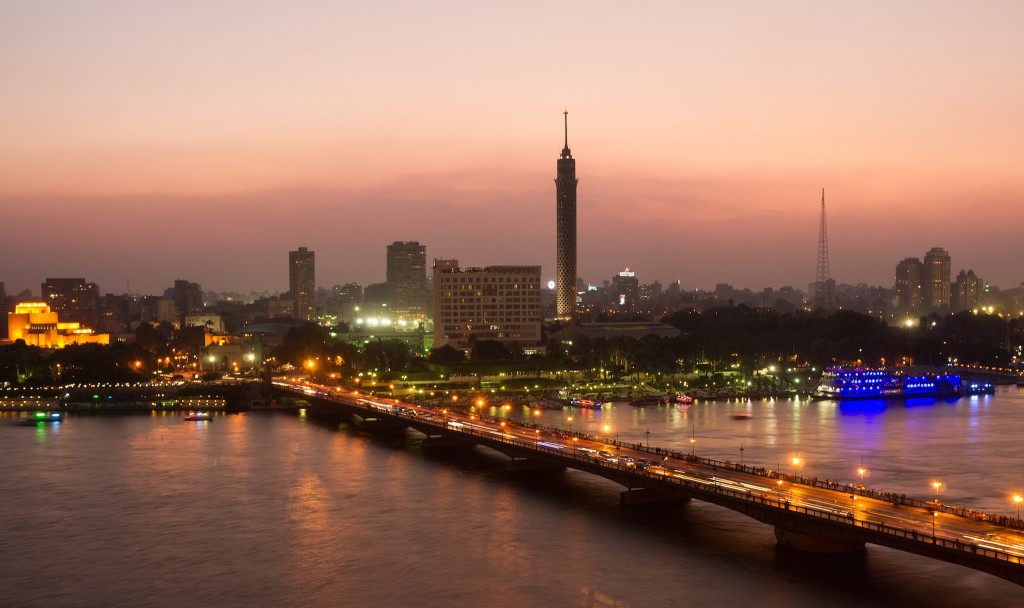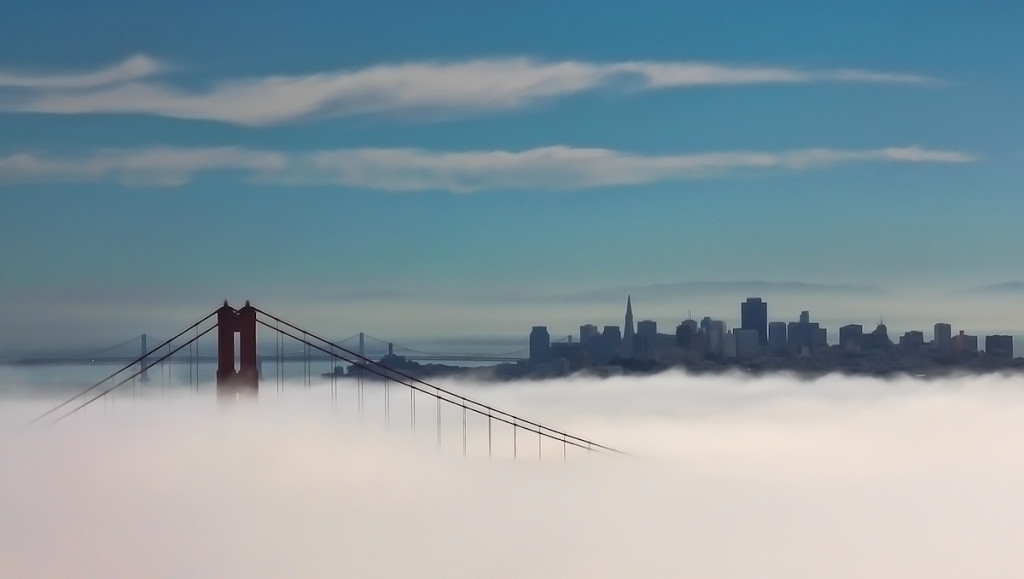
Cairo. Tehran. Karachi. What sets these cities apart in the world isn’t their arid climate or their massive populations. Rather, they’re all cities where Islam is the dominant religion. But are they Islamic cities? In other words, have the beliefs, rituals, and laws of Islam shaped cities in the Middle East and around the world?
The idea of an Islamic city was introduced by the French following Napoleon’s unsuccessful forays into Northern Africa and the Middle East. The French, thus exposed to Islamic cultures, grew a bit obsessed. But like many colonizers and would-be colonizers, they didn’t always get things right.¹
One of the developments of this decades-long fixation was the idea of an Islamic city. While the concept was probably bouncing around French salons for a while, William Marçais put it into words in 1928. He believed there are certain essential elements in any Islamic city. First and foremost is the mosque. Nearby there has to be a bazaar. There must also be a public bath where worshipers can prepare. William’s brother, George, elaborated some years later. Along with the bazaar, he added that booksellers must also sit next to the mosque. Farther out come the textile merchants, jewelers, hatters, furniture makers, and blacksmiths. It was all very elaborate and, in a way, a bit too orderly for reality.
The Marçais’ contemporaries wrote extensively about Islamic cities, but as sociologist Janet Abu-Lughod points out, many of them simply parroted the others without additional research of their own. And so the idea was perpetuated for several more years.
Toward the end of the 20th century, people started to earnestly question the idea of an Islamic city. Abu-Lughod and others, including Ahmad Bilal, argued that the forces that shape cities are never as simplistic as “Islam” or “Christianity.” Geography, climate, technology, society, and laws all play a role. Religion can, too—indeed it does on a smaller scale in Middle Eastern cities, influencing the design of homes and buildings—but it doesn’t enforce a strict blueprint.
Indeed, many of today’s Islamic cities are not shaped primarily by Islam, but by rapid urbanization. Cairo exploded from 2.3 million people in 1950 to over 10 million today (nearly 20 million if you count the metro area). The same thing happened in Tehran, which grew from around 1 million in 1950 to nearly 8 million today.
Oil wealth shapes others. In countries such as Saudi Arabia and the United Arab Emirates, ever-taller skyscrapers, massive malls, and expanding highways define their cities—and their populations, since construction is mostly done by huge pools of foreign laborers, many of whom come from nations with large Muslim populations like Egypt, Indonesia, and Bangladesh. Though they’re seldom awarded citizenship, they still bring their own unique urban experiences with them.
So can we say there is such a thing as an Islamic city? Grudgingly yes, but mostly no. There are cities that have been influenced by Islam, just as European cities were shaped by Christianity. But for the most part, cities in the Middle East and elsewhere with large Muslim populations have evolved just the same as cities have elsewhere—by adapting to their environment and their people.
Photo by Frank Schulenburg
Sources:
Abu-Lughod J.L. (1987). The Islamic city – Historic Myth, Islamic Essence, and Contemporary Relevance, International Journal of Middle East Studies, 19 (02) 155-176. DOI: 10.1017/s0020743800031822
Ahmad B. (1995). Urbanization and urban development in the Muslim World: From the Islamic City Model to megacities, GeoJournal, 37 (1) 113-123. DOI: 10.1007/bf00814892
Bonine M.E. (2009). Middle East and North Africa, International Encyclopedia of Human Geography, 82-88. DOI: 10.1016/b978-008044910-4.00298-4
Related posts:
Seeing historical processes in road networks’ patterns
Eastern and Western cultural differences may come down to rice and wheat
An American in Tokyo

